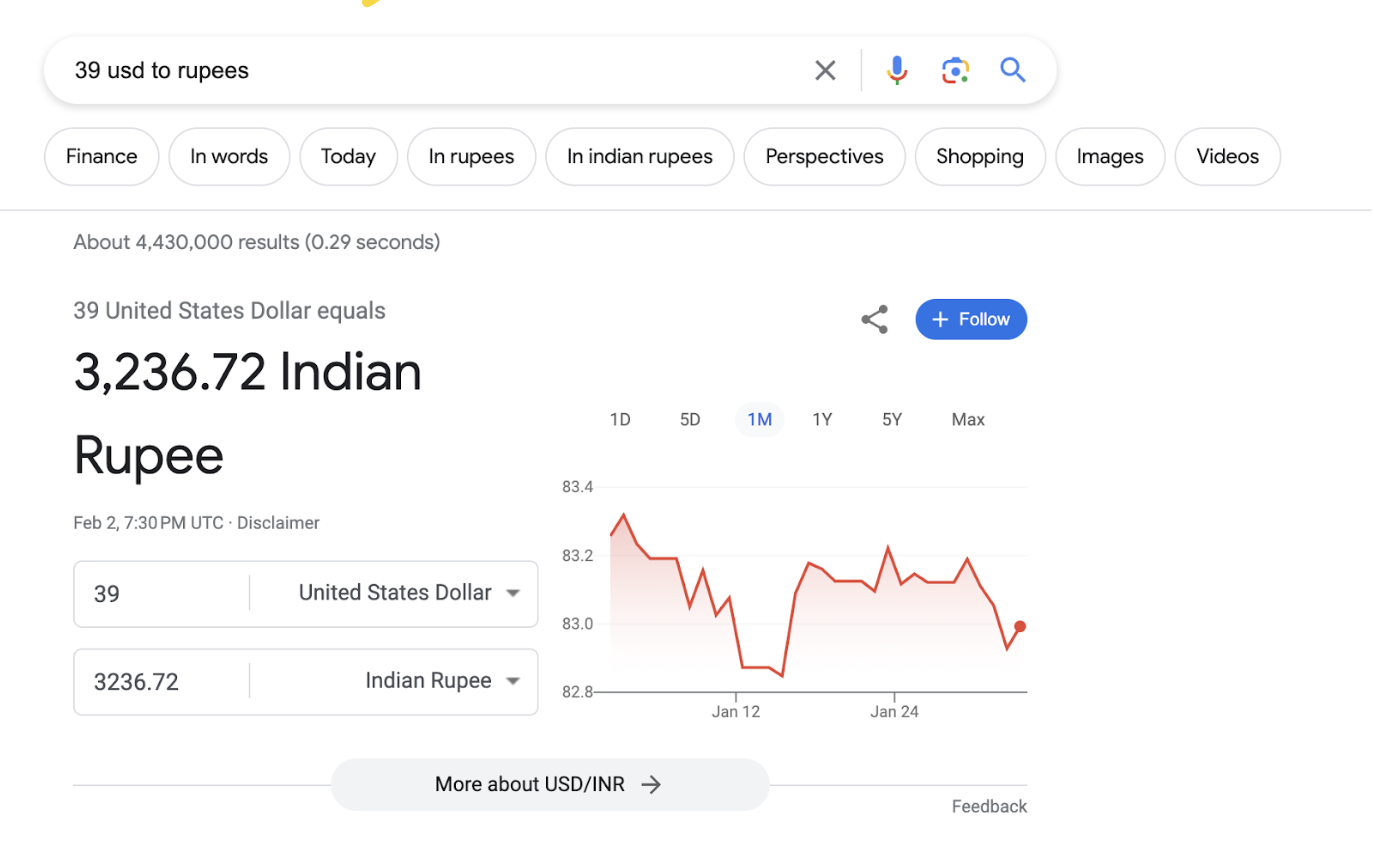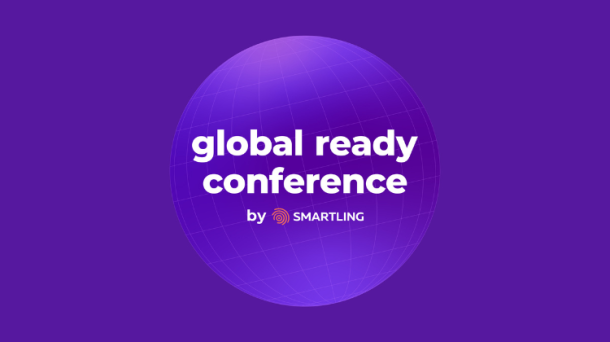6 future-oriented SaaS localization processes to use now
To effectively expand your business internationally, localization is a critical strategy.
But localization goes beyond simple translation, and it requires more than just a different pricing strategy in each target market.
Software as a service (SaaS) localization is the practice of adapting your entire offering—from the customer-facing website to the in-app product experience—to work for global regions.
It’s no small undertaking, which is why we’ve created this detailed guide with six powerful tactics to include in your SaaS localization strategy.
What is SaaS localization?
SaaS localization is the process of adapting your company’s brand and offering to the target audience’s language and culture.
Language translation is a major component of SaaS localization, though simply swapping English content with a word-for-word translation isn’t enough. You’ll need to consider local idioms and slogans, and even regional dialects.
You’ll have to apply this translation to your entire organization by updating the written and verbal content on your website and blog, in your app, and in your custom support offerings.
Beyond translation, SaaS localization also considers the payment systems and practices that the region in question uses, as well as common pricing practices.
SaaS localization can even go as far as adapting your app’s design and layout, such as changing date formats. For example, if you’re selling in Israel, you’ll need to not only translate your content into Hebrew but also adapt the user interface for Hebrew script, which is written from right to left.
6 SaaS localization processes
Ready to dive into SaaS localization?
Make sure you cover the following six best practices:
1. Website localization
Your website is the first and most obvious place to start when it comes to localizing your business. You’ll need to translate the content on your landing pages, your blog posts, and, of course, your pricing page.
One of the most efficient and accurate ways to do this is by using a translation proxy, like Smartling’s Global Delivery Network (GDN), for quick, seamless translations.
Once you connect Smartling’s GDN to your website or app, it automatically pulls content into the translation management software and designates it for human or machine translation, based on your workflows. Once you receive the translated content, end users will automatically see it in their native language, which creates a better user experience.
A translation proxy prevents the need for multiple web pages on different domains and is a great way to get started with localization.
2. Pricing localization
Localizing your pricing is a major undertaking.
You’ll need to consider not only competitive positioning but also local norms for pricing models.
For example, you might charge per seat in your home territory, but competitors in your target market may more commonly promote a usage-based model. To be relevant in the local market, you’ll need to consider complying with this norm.
3. Marketing localization
Next, you’ll need to localize your marketing efforts.
This includes activities like translating your email cadences and diving into SEO keyword research in the region you’re targeting. The latter especially will help you make sure that your blog content contains the key terms that people are searching for.
You might even set up different social media pages to cater to different audiences.
4. In-app and feature localization
The next step is to start looking at the SaaS product itself. You want to make sure that the user experience aligns with users’ expectations.
Of course, a major part of software localization is translating in-app content into different languages.
You might also need to engage in some design work to ensure a seamless user experience. For example, if the new market you’re targeting is in Dubai, then you’ll be translating into Arabic, which is written right to left. This will likely require a full overhaul of the user interface.
From there, you’ll engage in market research to understand more about the expectations for features and functionality in the region you’re selling into.
Perhaps there is a feature you’ve neglected to integrate into your native platform, but it is considered a must-have in the new market.
Or the opposite could be true.
You might have built a feature that’s commonplace at home but gives you a competitive edge in a new territory. In this case, you might lean into this unique feature in marketing campaigns (translated into the target language, of course).
5. Payment system localization
Part of catering to the local audience is ensuring that you offer the payment methods that the market you’re targeting commonly uses.
While credit card payments might be the norm in the United States, some Southeast Asian countries (such as Laos and Cambodia) have much lower rates of credit card adoption.
To serve a user base in these countries, you might need to expand your accepted payment methods to include alternatives like ACH transfers.
6. Customer support localization
Churn rates (the percentage of customers who cancel their contract) are, for most companies, one of the most critical and most concerning metrics.
Good customer support can help to mitigate churn. So if you’re expanding into global markets, you may want to consider localizing your support offering.
For example, if you’re expanding into German markets, you might be able to get by with English-only support—56% of Germans speak English. In Spain, however, only 27% of the population speaks English, so you might want to hire some customer support representatives who speak Spanish.
A good way to get started is to translate your glossaries and support documents so international customers can access self-service support.
SaaS localization challenges
SaaS localization is no small feat.
So before you get started, it's wise to prepare for the various challenges that may crop up.
Moving beyond basic translation
The biggest problem with most brands’ SaaS localization strategies is that their translations aren’t up to par.
They tend to use basic machine translation tools like Google Translate to do the heavy lifting. While these tools are a great solution for day-to-day use, they are not yet sophisticated enough to produce accurate content translations.
This is because successful localization isn’t just about converting phrases from one language into another.
You have to understand the cultural context of the language you’re translating into, the different catchphrases, idioms, and turns of phrases your audience uses, and the regional differences that may be present.
Getting pricing right
Finding the right price point as part of a localization strategy can be tricky.
The first step is to convert into the local currency. But a direct conversion of, say, 39.00 USD won’t necessarily look clean in the target currency.

3,236.72 INR is not an attractive number, so you’ll need to be comfortable with a rough approximation (2,999.00 INR, for instance).
Then, you’ll need to consider the impact of local competitors. If Indian companies that offer a similar product are only charging 1,999.00 INR, you may need to adjust your pricing (and profit margins) to be competitive in that market. Navigating software infrastructure development In many cases, localization requires adhering to cultural norms surrounding payment gateways. Sometimes, it means you’ll need to make changes to comply with local legislation.
For example, selling to enterprise organizations in India may require your legal department to adopt Aadhaar signatures for sales agreements.
Understanding the power of Smartling in localization
One of the best things about SaaS localization is that there’s a tool for everything. There are even software solutions to help you execute your localization strategy.
Want to learn how? Check out our case study, detailed below, on how Mailgun and Mailjet (by Sinch) boosted localization ROI with Smartling.
Case study: SaaS localization in action
When email marketing solutions Mailgun and Mailjet considered bringing Smartling on as their localization team, they had a big problem:
Their translation process was too manual.
Sinch—their Sweden-based parent company—already served international markets in France, Germany, and Spain but wanted to improve its use of the local languages to increase product localization.
Using Smartling’s localization services—in particular, our machine translation post-editing capability and Linguistic Quality Assurance feature—Mailgun and Mailjet translated over 1.6 million words as part of their internationalization strategy.
In just three months, they saved over $180,000 on translation and created an increase in website visitors from Germany by 291%, Spain by 966%, and France by 391%.
Implement Smartling's future-ready SaaS solutions
Ready to press start on your SaaS localization strategy?
You’ll want a localization partner that can help you run fast and far.
Future-proof your SaaS with Smartling's expert localization now.
%204Q241231%20-%20Back%20to%20Basics%20-%20Webinar%20-%20Standard.jpg)
%204Q241231%20-%20Back%20to%20Basics%20-%20Webinar%20-%20Standard-1.jpg)

.jpg)